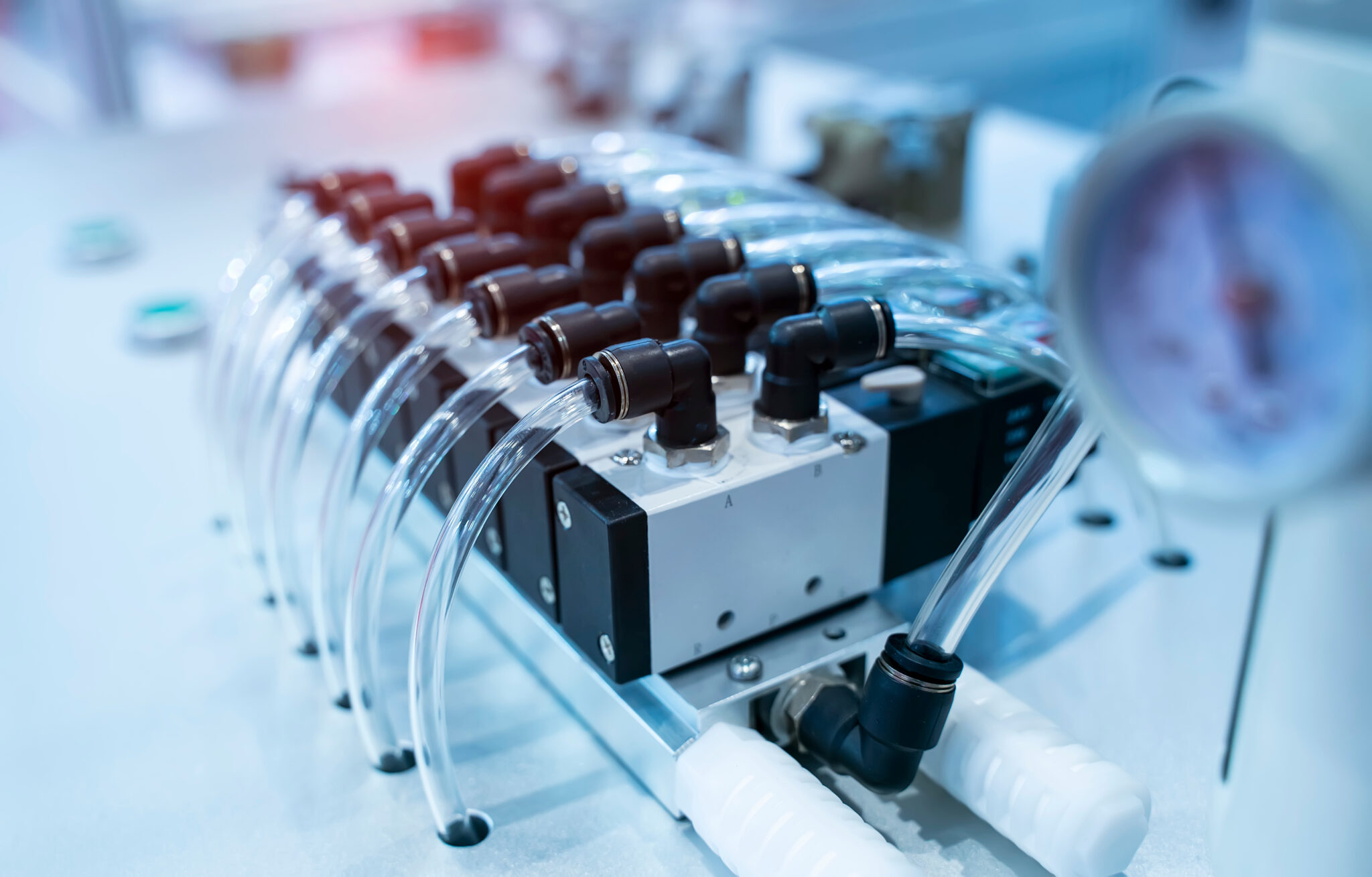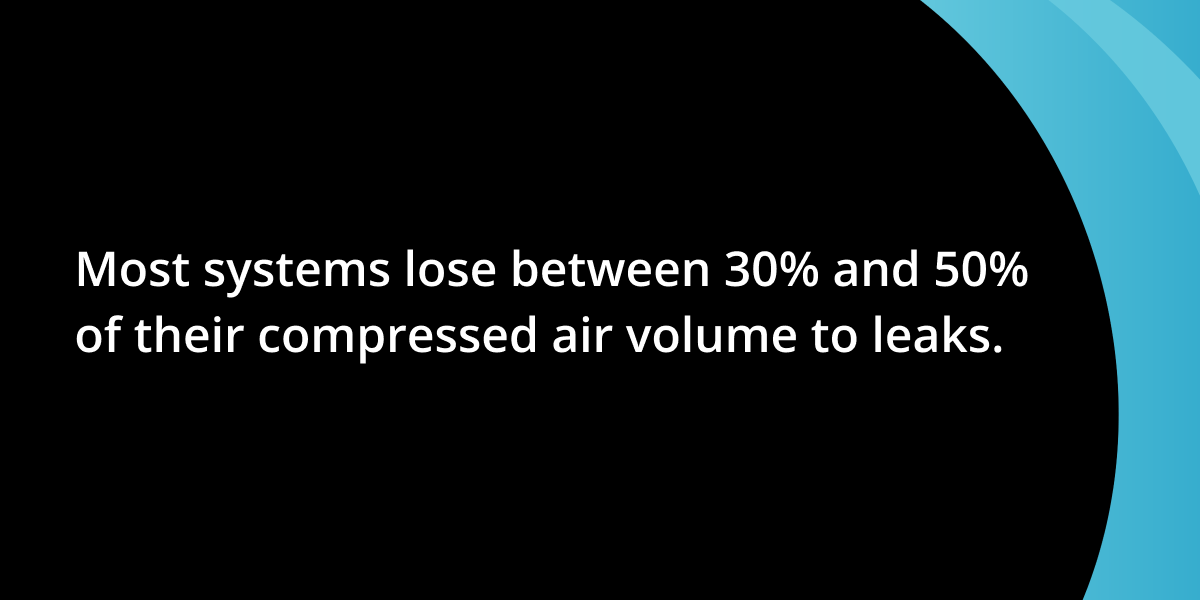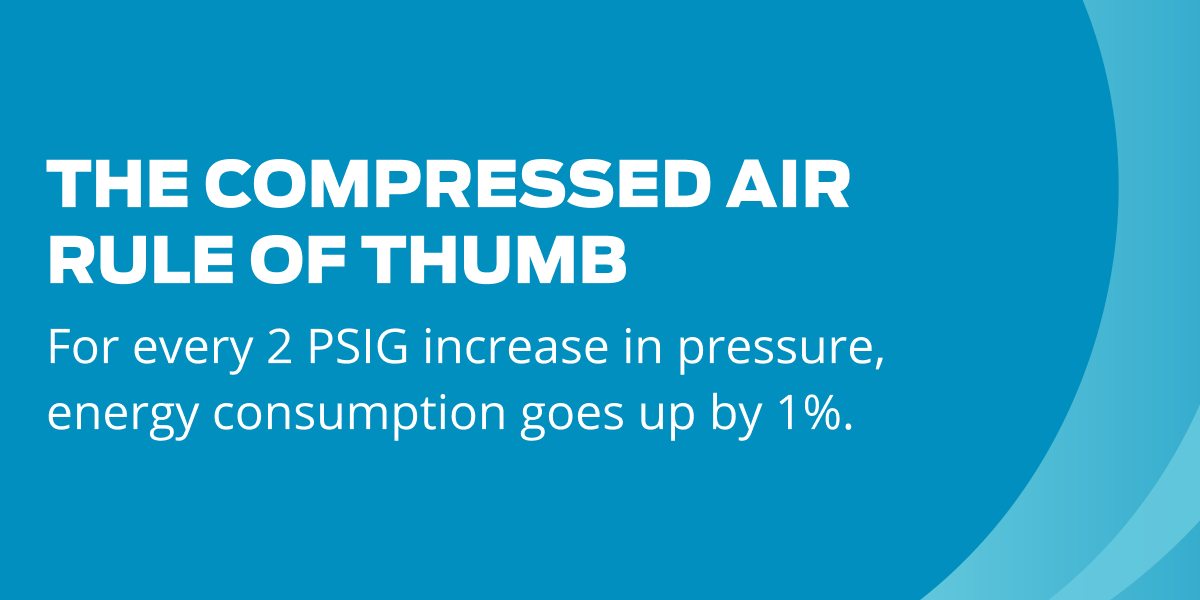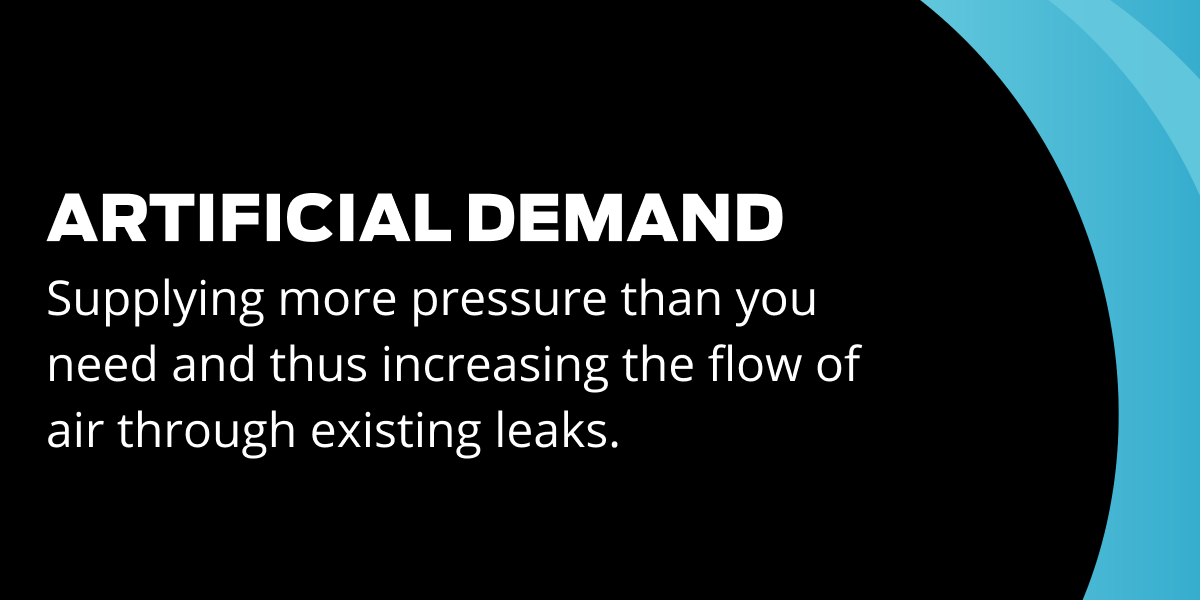
Best Air Compressor for Trucks and Transportation
August 14, 2024
Want to Boost Your Plant’s Energy Efficiency? Start with Your Compressed Air System
August 28, 2024Reducing Compressed Air Demand
Kaishan USA | August 21, 2024| Uncategorized

With hundreds if not thousands of feet of air hoses throughout a typical facility, it’s not surprising that most compressed air leaks occur at or near end uses.
Reducing demand is a critical concern for any facility that uses compressed air as a fourth utility, joining water, electricity and gas in supplying its basic needs. Reducing artificial demand cuts cost and energy use, of course, and supports sustainability and reduction of your carbon footprint. It can also lengthen equipment life and improve system efficiency, as long as it doesn’t result in short cycling (because your compressor is oversized for your system).
The key is not simply reducing demand but instead making the mind shift to viewing it as a long-term strategy rather than a once-and-done event.
So, rather than attempting to win a war against excess demand, you’re recognizing that you’re engaged in a never-ending battle against three key factors that never seem to go away.
We’ll start with the leading cause of increased demand, fixing leaks.

Factor No. 1: Leaks
If you’re like most compressed air users, you’re losing between 30% and 50% of your volume to air compressor leaks.
In a poorly maintained system, losses to leaks could run as high as 80%. A 1/4-inch leak at 100 PSIG will cost your company $8,000, depending on energy costs. A 3/8-inch leak at 100 PSIG could cost as much as $36,000. At higher pressures, it’s even more.

Even small, low-flow applications such as pneumatics can have leaks. And because plants have so many end uses, those leaks can mount up to a lot of wasted compressed air and cost you a lot of money.
Most leaks in a compressed air system (more than 80%) happen in “the dirty 30”—the last 30 feet of the distribution system before the end-use application. The dirty 30 includes hoses, reels, filters, regulators or lubricators on the piping that connect the air supply to your machinery. Even old or poorly maintained end-use tools can have internal leaks.
As a result, one of your first tasks in reducing demand is to determine how many leaks you have. And estimate how much you can save by fixing them. (To find out how much you might save with an audit by an air compressor professional, see our blog post, “How an Air Compressor Audit Can Reduce Operating Costs.”)
Leak Detection
Handheld leak detection devices have been available for some time and have been successful at helping companies locate the 80% of compressed air leaks that are not in the audible range.
But now there are newer, visual, acoustic imaging devices known as ultrasonic leak detection systems. They use multiple directional microphones to triangulate the position of a leak source, overlaying the leak’s ultrasonic “signal” on a video image of your plant.
Even more importantly, the device calculates the leak volume and the potential savings you can achieve by fixing it. For example, if the leak is in a pipe 30 feet above the plant floor, the system will provide a cost estimate of the annual savings. Then you can decide whether it’s worth worrying about. Specifically, whether it’s worth putting up scaffolding or bringing in a lift.
The device can then do a printout you can give your maintenance people, enabling them to find and fix the leak.
Leaks Are Always with Us
Unfortunately, leak repair is not a fix-it-and-forget-it situation. The reality is that you’ll fix one set of leaks, and more will inevitably pop up. That is simply one of the costs of compressed air. So, it’s essential for compressed air users to recognize that fixing leaks requires an ongoing effort.
For more information on finding and fixing leaks, see our blog post, “How to Find and Stop Air Leaks.”
Eliminating leaks, however, is not the only way to reduce compressed air demand. Another critical issue is system pressure.
Factor No. 2: Higher-Than-Needed Pressure
A critical part of operating your compressed air system is setting the header pressure as low as possible. Many operators set the system pressure to the level required by the tool or tools needing the most pressure. In many cases, however, the high-pressure applications make up only a fraction of the system’s capacity, resulting in significant over-pressurization and energy loss through the remaining applications.
Manufacturers of end-use equipment can be part of the problem, adding buffers to their CFM and PSIG requirements to ensure their equipment gets the air it needs to work well. That may mean they say an air tool needs 70 CFM of flow at a pressure of 100 PSIG when it only needs 50 CFM at 80 or 90 PSIG.

Too much of a good thing? Regulators help control the air pressure going to an end-use application, and that’s good. However, they waste energy, and having too many regulators may indicate you could save significantly by reconfiguring your compressed air system.
And many of these point-of-use tools have regulators installed upstream to reduce the pressure. But they waste a lot of energy, especially if most of your plant needs 80 PSIG and you're compressing up to 125.

That’s a lot of wasted energy. The rule of thumb is that for every 2 PSIG increase in pressure, energy consumption goes up by 1%.
As a result, we sometimes recommend splitting off high-pressure applications from the main system and serving them with a separate compressor.
The key point: You can conserve energy by setting the header pressure as low as possible. A lot of energy.
Artificial Demand
When systems are over-pressurized, the increased pressure creates more ways for compressed air to escape from your system, causing more leaks or expanding existing ones. Especially when a system that should be at 80 PSIG is pressurized to 125 PSIG.
It’s a condition known as “artificial demand,” supplying more PSIG than you need, with higher pressure increasing the flow of air through existing leaks. It’s very costly and a great incentive to set system pressure at the lowest level needed.

Turning down the pressure on a fixed-speed compressor will help reduce artificial demand in the plant and reduce the power draw while slightly increasing the CFM output.
Flow Control
We generally recommend flow control devices in your compressed air system. Flow control monitors the pressure at the control valve, releasing air from your air receiver tanks to maintain system stability. It allows you to keep air pressure throughout your plant at the lowest possible level, reducing discharge pressure on your compressors and cutting energy usage and cost. Pressure-flow control also buffers the compressors from the ups and downs of system demands.
A third way to reduce demand is to eliminate unnecessary uses.

There are probably better uses of compressed air than removing dust and dirt.
Factor No. 3: Unnecessary Uses
In addition, many companies use compressed air for tasks that are not cost-effective. Examples include cleaning, dust removal and other non-essential tasks.
Unfortunately, most people think of compressed air as free. They use it for all kinds of unorthodox tasks that could be handled by a low-pressure system, a blower or even a fan. A good example is cooling hot products emerging from ovens.
Some workers even use compressed air to clean up their workspaces or blow dust off their clothes.
That’s not the best use of a vital resource. Compressed air, after all, isn’t free. It’s back to the 2%/1% compressed air rule of thumb.
The Best Place to Start? Your Local Consultant
An audit by an air compressor professional is a great place to start your demand-reduction effort. Most of the issues mentioned above, including finding leaks, setting the pressure at the lowest level appropriate and eliminating unnecessary uses, would benefit from the advice of a compressed air professional. They can even help you determine how much air flow your end uses require. For more on the value of compressed air audits, read our white paper, “How an Air Compressor Audit Can Help You Build Competitive Advantage.”

The best place to start your demand-reduction journey is by talking to your local compressed air professional. They can help you find leaks, set system pressure and eliminate unnecessary uses. And their audit can help you determine how much flow you really need.
Plus, many advanced technologies, like the aforementioned ultrasonic leak detection, are beyond the scope of most in-house air compressor maintenance teams. According to recent research, many companies are finding that they no longer have the expertise in-house to deal with the complexities of today’s advanced equipment like compressed air systems.
We’ve worked with a variety of customers to conduct audits of their facilities, helping them save time and money, improve reliability and deliver high-quality air. See how audits have helped our customers by downloading our white paper, “How an Air Compressor Audit Can Help You Build Competitive Advantage.”
Members of Kaishan’s nationwide network of independent distributors, have the skills and the equipment needed to conduct a comprehensive audit of your compressed air system. They have experienced technicians on staff who are skilled in analyzing your system and using leak-detection technology to identify leaks.
Key Takeaways
-
- Reducing compressed air demand is not a once-and-done effort but requires continuous attention.
- Key factors driving up compressed air demand include leaks, higher-than-needed system pressure and unnecessary uses.
- An audit by a compressed air professional can be a significant step in helping facilities reduce compressed air demand.
Let Us Help
Reducing demand in your compressed air system is critical to the success of your operation and your profitability. If you need help with leak detection, setting system pressure or eliminating unnecessary uses, get in touch with the experts at Kaishan. Contact us today.
Random stat or
customer quote
textXXtext
text

